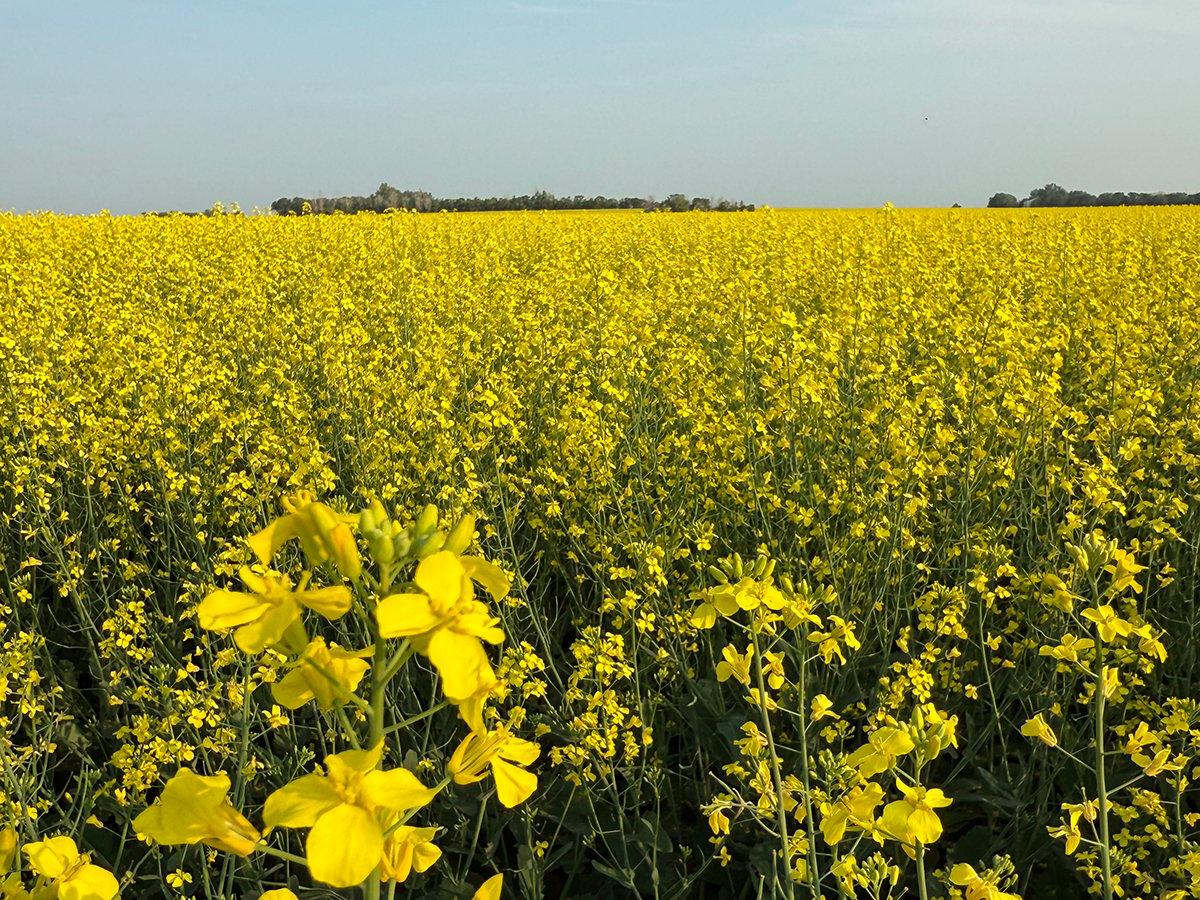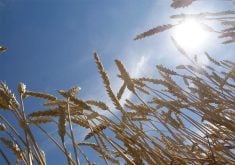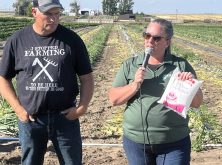The soybean is no longer a Cinderella crop in Manitoba because the attractive oilseed has already met, married and is living happily ever-after with Prince Charming on a farm in the province’s Red River Valley.
After setting acreage records in 2009 and 2010, industry watchers expect Manitoba growers to seed 700,000 to 800,000 acres this spring, which will smash the 528,000 acres planted last year and push soybeans well ahead of oats as the third largest crop by acreage in the province.
Brent Reid, Manitoba Agriculture farm production adviser in Dugald, Man., said the projections are realistic.
Read Also

Canola support gets mixed response
A series of canola industry support measures announced by the federal government are being met with mixed reviews.
“If the spring is early enough and people can get on the land, we could see those number of acres,” said Reid, who plans to speak at Ag Days in Brandon Jan. 19.
Manitoba producers are growing soybeans for multiple reasons, including strong financial returns and the development of early-maturing varieties that are well suited to the province’s growing season.
As well, producers are realizing that soybeans have more tolerance for what’s become commonplace the last several years – days and days of rain in the summer, he said.
“We’re in a wet cycle and soybeans are better able to handle that excessive moisture, more so than canola,” said Reid.
“On a lot of farms, soybeans are replacing canola acres.”
Over the last decade, he said canola has typically yielded higher than soybeans in the Red River Valley.
But in 2010, the situation was reversed, with many soybean crops yielding 40 to 50 bushels per acre.
It is true that soybeans are supplanting canola on certain farms in the Red River Valley, said Rick Storuschuk, agronomist with GJ Chemical in Arnaud, Man. But in 2011, it will also push aside other crops.
“Edible bean acres are going to take a big hit this year, I believe,” he said. “(There’s been) too many years of tough harvesting and low prices…. There are no contracts out there right now.”
Soybean acres should expand in the Red River Valley this spring but also in non-traditional areas, such as western Manitoba, Reid said.
But producers should be cautious before seeding soybeans in areas with fewer growing degree days.
“If we get back to a traditional weather pattern, it could backfire. Instead of being the Cinderella crop, it could be the ugly stepsister,” he said.
“What I really want to stress, is if this is replacing canola in your rotation, is that more of a risk than staying with canola?”
Looking beyond 2011, Andrew Saramaga, Manitoba Pulse Growers Association president and a soybean grower northeast of Winnipeg, said the province’s soybean acres might hit a plateau this year.
“We’re still new, this is the 10th year of a reasonable number of acres of soybeans (in Manitoba). We’re still figuring out where the proper balance is going to be. The general feeling, in my opinion, is that it’s going to be in that 500,000 to 700,000 range.”
Storuschuk said soybeans are nearing their limit in the southern part of the valley.















